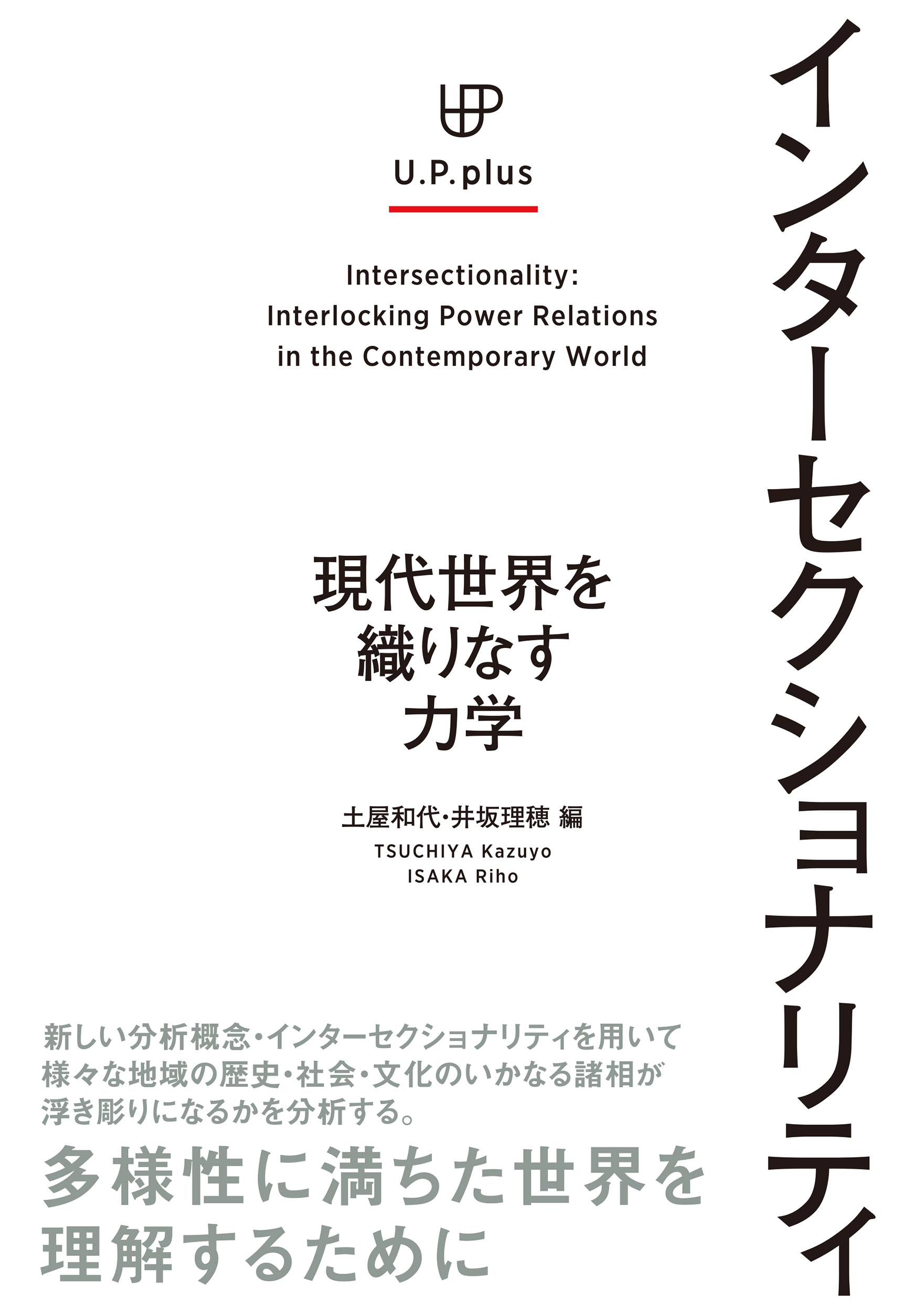
Title
Kantaiheiyo chiiki no ido to jinshu (Human Movement and Race in the Trans-Pacific: From Governance to Control, Encounters to Alliances)
Size
428 pages, A5 format, hardcover
Language
Japanese
Released
January, 2020
ISBN
9784814002481
Published by
Kyoto University Press
Book Info
See Book Availability at Library
Japanese Page
It has long since become clear that there is no biological basis for racial categories. Nonetheless, racism persists. How do we understand racism today? And how can we overcome it?
In today's world, there are complex forms of racialization that draw lines based not only on phenotypical differences, such as skin color, but also on invisible differences such as culture and lifestyle. To understand contemporary racialization, this book refreshes the hitherto dominant understanding of race based on transatlantic experiences and focuses on the transpacific type. By doing so, we aim for a more global understanding of race and racism.
In the past, race was often thought of as a unit of classification based on phenotypical differences. For example, the classic race classification was made with skin color as the main reference, such as Caucasoid (white), Mongoloid (yellow), Negroid (black) and Australoid (brown). However, this kind of view on race is based on the modern transatlantic experiences of encounters between people who are ‘visibly’ different. This was based on long-distance, large-scale human movement between continents such as European migration to the Americas and slave trade from Africa. By contrast, Asia has a history of ceaseless, active, and multidirectional migration, which continues to bring multilayered and complex genetic diversity. The traditional system of rank order between groups of people in this region consisted of a multitude of ‘invisible’ differences in complex entanglement, including descent, birthplace, occupation, and lifestyle.
Transpacific migration that began from the latter half of the 19th century brought about the new encounters of the people of America and Asia as well as their racial ideas and categories. Here, the racial order of Western origin premised on ‘visible’ physical differences and the one of Asian origin built on ‘invisible’ (deemed) physical differences have collided, forming a new transpacific type of race. In the transpacific region today, as the various case studies in this book show, racism is developing in complex ways, intertwining conventional forms of group differentiation such as discrimination against Burakumins and Ainus, and ethnic and caste discrimination, with a "scientific" racism that uses biological discourse.
In addition to ‘visible’ differences, this book focuses on how ‘invisible’ physical differences appeal to non-visual senses such as smell, touch and sound on the affective level and contribute to the formulation of racism. Yet, affective influences do more than reproduce differences and have often generated empathy among people and pulled down boundaries between groups for the very reason that they had to rely on their sensibilities when verbalization was not possible. The power generated by food, music, art, and dance is a prime example. To search for a way to overcome the current wave of racism in this globalized environment, this book endeavors to explore possibilities for human solidarity and connection on cultural and affective levels. It is an attempt to find a way to combat new forms of racialization by studying the past experience and the ongoing efforts of encounters, struggles and cooperation between immigrants and people of different communities in the transpacific region.
(Written by TANABE Akio, Professor, Graduate School of Arts and Sciences / 2021)
Table of Contents
Part I Expanding Empires and Nation-States
Chapter 1 Katsuya Hirano “Colonialism as Encounter: On the Question of Racialization and Labor Power in the ‘Opening” of Hokkaidō.’”
Chapter 2 Takeshi Onimaru “Colonial Rule and ‘Category’: Policing in Colonial Singapore.”
Part II Encounters, Solidarity and Sympathy among Minorities
Chapter 3 Hiroshi Sekiguchi “Burakumin Emigrants to America: Historical Experience of ‘Racialization’ and ‘Ties’ Across the Pacific.”
Chapter 4 Yu Tokunaga “From Anti-Japanese to Anti-Mexican: Linkages of Racialization Experiences in 1920s California.”
Part III Memory and Representation as Political Practice
Chapter 5 Tomohiro Yoshimura “Possibility of Minority Representation in Museum: Politics of Discrimination and Human Rights.”
Chapter 6 Crystal Uchino “The Japanese American Critique of the Atomic Bomb and its ‘Up-Againstness’: Asian/American War Memories and the Enola Gay, 1995.”
Chapter 7 Kazuyo Tsuchiya “The 1992 LA Uprising and the Politics of Representation: Multi-layered Memory in Twilight: Los Angeles, 1992.”
Part IV Control and Resistance in the Age of Globalization
Chapter 8 Ryuichi Narita “A Note for Pilgrim Racism in East Asia.”
Chapter 9 Akio Tanabe “The Virtualization of Race—Data Governance and Racialization in Modern India.”
Chapter 10 Yasuko Takezawa “Major and Minor Transnationalism in the Trans-Pacific Diaspora Art.”
Afterword
Index



 Find a book
Find a book


